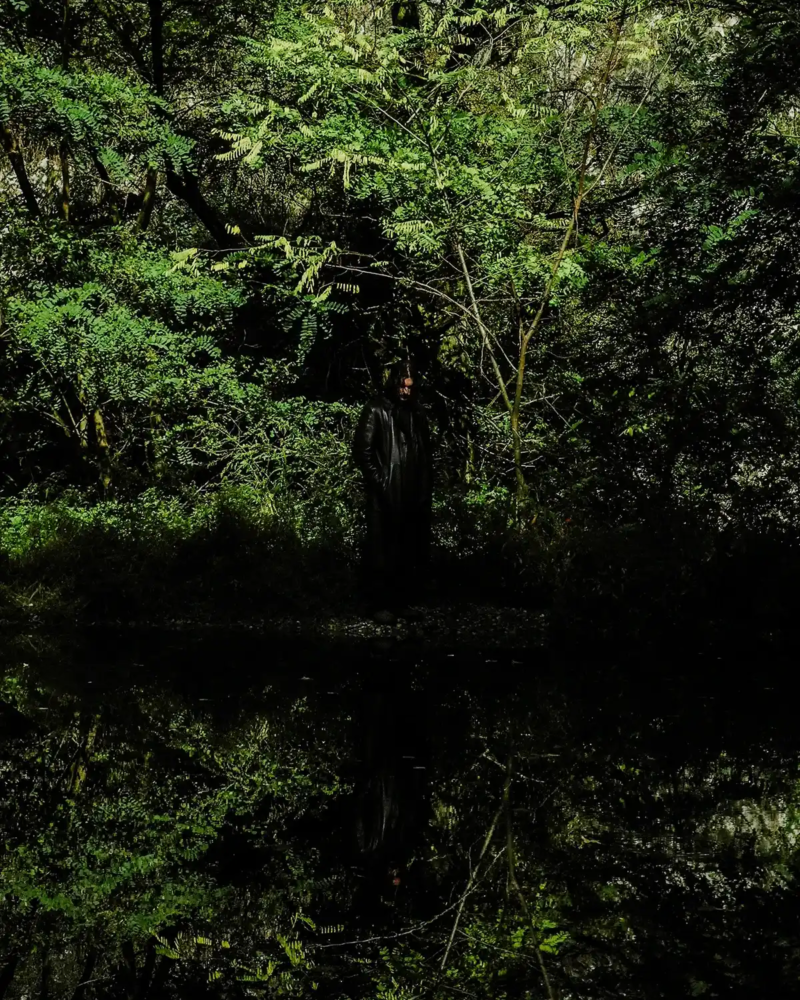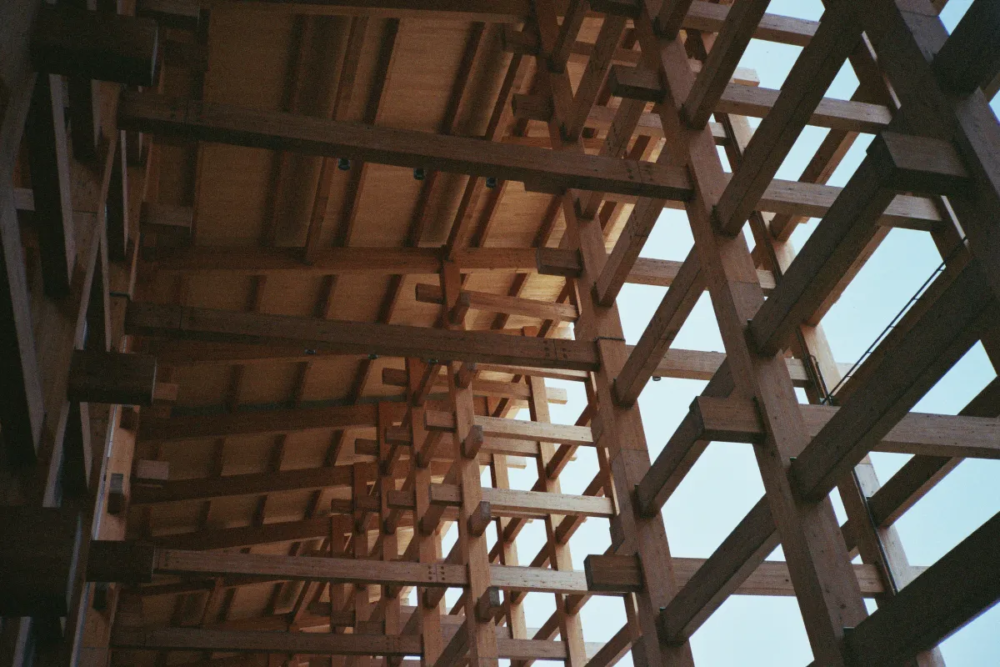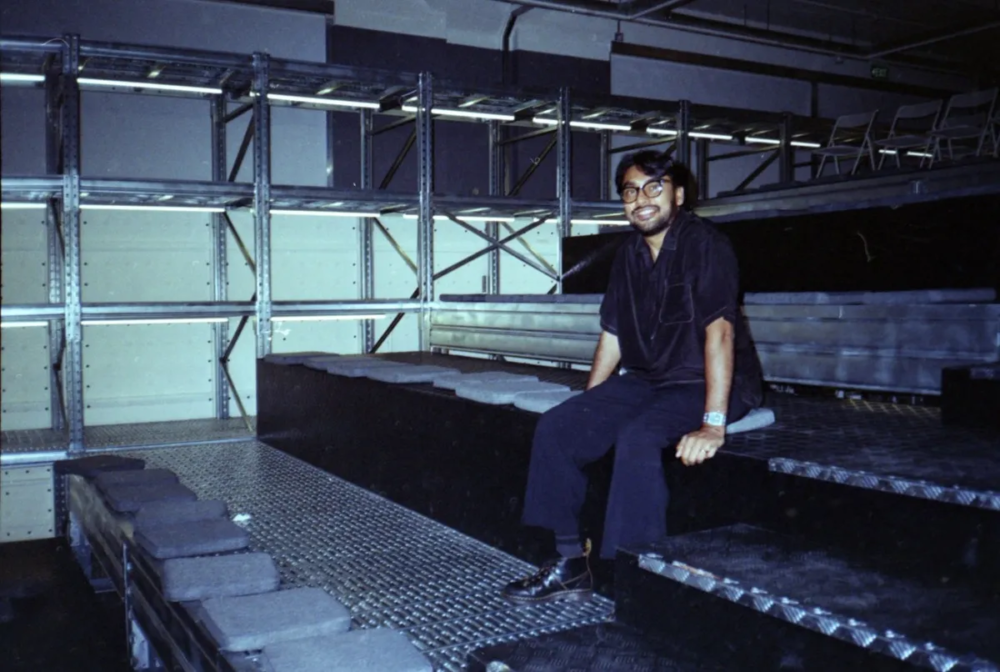
Perfection Kills the Person: Inside Hart Lëshkina’s Boy World Effigy II
In the multichannel installation at O–Overgaden, a historic Danish boys’ choir becomes a living metaphor for modern control. Boy World Effigy II by Hart Lëshkina dissects harmony, and the death of individuality
An Interview with Hart Lëshkina – Boy World Effigy II: a multichannel video installation on Power dynamics, dissonance and personal agency
“We keep the fracture,” says Hart Lëshkina. “When the media becomes too perfect, the person disappears.” In Boy World Effigy II, the artist duo Hart Lëshkina transform a historic Danish boys’ choir into a meditation on collective order and individual freedom. The multichannel video installation, presented at O–Overgaden Institute of Contemporary Art in Copenhagen (2025), unfolds across several synchronized screens, with every visual and sonic element meticulously orchestrated—so that even moments of apparent dissonance remain part of an intentional and unified synchronicity, surrounding the viewer in a field of voices, gestures, and glances. The work begins in harmony and gradually unravels into a composed dissonance, revealing a structure that remains tightly controlled even as it fractures.
Through scenes that blend choreography, performance, and choral sound, Boy World Effigy II explores how systems of discipline and imitation can produce beauty — yet also suppress individuality. The choir becomes both metaphor and mechanism: a structure where identity only surfaces in moments of rupture, when a single voice or movement drifts out of sync. There is no linear story. Instead, the viewer moves through simultaneity and contradiction, between ritual and reality. The installation removes control from the hand and gives it to the room: you decide where to look, and what to lose.
Error and rupture in contemporary art: embracing rawness and imperfection
RZ: What does roughness mean to you? In this project, what is rough — the method, the media, or the institution?
Hart Lëshkina: Every day is a bit of pain and pleasure. Hopefully more pleasure but it vacillates. Consumption is rough, media can be rough, institutions can be rough, method can be rough, getting up each day can be rough, though we try and find pleasure.
RZ: Your works admit friction. When do you allow imperfection to remain?
Hart Lëshkina: When it becomes so pure that it feels as if reality is dislodging.
RZ: Your works often retain a visible rawness. What determines the level of rawness you allow in the final work?
Hart Lëshkina: It’s just how we see honestly. When the media becomes too perfect, the person or scenarios disappear. We keep the fracture. There is a line in a song we wrote for the artwork which speaks to this, the lyric goes: “Everything feels so real now… It’s like a dream.”
Working within visual culture: art, fashion, and the economy of desire
RZ: In campaigns you work within systems of visual media and desirability. How do you avoid idealization while working in a highly aestheticized field?
Hart Lëshkina: Advertising and fashion media operate through mystification and desire. They are constructed worlds by nature, sustained by projection and fantasy. We do not deny this. We walk into it knowingly. This mechanism has shaped visual culture throughout history and continues to define the present. When we work in a commercial context, we carry the same rigor and integrity that guide our artworks. Our aim is to create the strongest possible work within the given constraints. We look for what can be shifted or revealed from inside the established framework. There is always a subtle degree of subversion, not for provocation, but through introducing something that feels alive and unexpected.
Commercial production is its own ecology. It involves large teams, many collaborators, and competing agendas. Yet there is an intensity to that environment that we find compelling. The pace, the pressure, the impossible timelines — it demands instinct, it demands clarity. We also find it thrilling and stimulating, and paradoxically, commercial work gives us the freedom to approach our artwork without the traditional commercial pressures of producing art as a primary source of income. We bring the same integrity to every project while remaining aware that commercial work is not an artwork and not something we are making for ourselves.
It exists for a specific audience and a specific outcome and a consumer. And yet, within the spectacle and skepticism that surround commercial imagery, there is a directness and honesty within that construct we find. Also, the collaboration with others and getting outside our internal co-collaborative process is quite liberating and invigorating. It is often within the tension between beauty and dysfunction in the commercial ecosystem that we find what is realness in its vast absurdity. Selling an artwork is selling an idea, much in the same way that selling a bag is selling an idea.
Ethics and empathy: protecting subjects and working with nonprofessional performers
RZ: When media making is linked to a client, how do you protect the integrity of the subjects you film?
Hart Lëshkina: We approach everyone we encounter the same way. We are quite open and always start from a point of empathy, clear communication of our intentions, curiosity, and sensitivity, and constant dialogue while creating the work.
RZ: Your works involve nonprofessional performers. What does it mean to work with identities in a transitional age? How do you approach that responsibility?
Hart Lëshkina: We only work with people who genuinely want to be part of the creation and who have a clear understanding of what we are creating. Our work is not about youth or coming of age. It just often presents itself that younger performers retain more openness and a less resolved view of themselves, and are open to the possibility of becoming something other than what they already presume about themselves. We do not see youth through an idealistic lens. We were, of course, teenagers and children once, and we are aware of the rich and dynamic range of complexities and emotions that are equally present at that age just as in adulthood.
When working with younger performers, we treat them as equals, while fully being aware and sensitive to the fact that they may be engaging or exploring something they have not yet experienced within their own life. We navigate this process together, openly and collaboratively. It is never the intention at the outset of making the work; however, there is often an aftereffect from these projects that involve young performers, where they gain new confidence and find inspiration, and it sets them down a path of creative exploration.
We keep in touch with many of our performers over the years and try to offer them creative advice and support if desired. It is a beautiful, but not intended, aftereffect of many of these projects. People get to see a world and a way of creating, and something in themselves they never realized was there or even a possibility. Both of us met people who made this impression on us at an early age, and it’s special if we can offer or spark a bit of inspiration and possibility back even in the smallest way.
Spatial design in multichannel installations: how Hart Lëshkina reframe vertical media
RZ: Boy World Effigy II is built as a multichannel installation. What criteria guided the spatial layout of the video channels?
Hart Lëshkina: Much of contemporary media consumption happens through an infinite vertical scroll, designed to be experienced in isolation. What is usually compressed into the solitary gesture of the hand becomes spatial and architectural. With this installation, vertical media is reoriented and unfolds across a horizontal plane — a horizon the viewer can inhabit and gaze up to rather than control. The handheld world expands beyond reach; the viewer is no longer manipulating the media but confronted by its scale. The structure of the installation — and the act of how media is consumed — is echoed in text and dialogue, where language mirrors repetition and the tension between control and surrender.
A choir, too, is never experienced from one point of view: sound and gesture move laterally, diagonally, in waves. Instead of placing viewers before a narrative, we place them inside a system. Each channel carries an independent timeline, yet the presence of others affects how it’s perceived. You can never see everything at once — that impossibility is part of the work.
Synchronization vs. individuality in Hart Lëshkina’s video work
RZ: How did you determine what stays synchronized across screens and what becomes asynchronous?
Hart Lëshkina: Synchronization belongs to the world of collective order. Asynchronicity is where individuality leaks out. When the choir rehearses, harmony seems natural and complete — but every collective structure contains fractures. We use synchronization only when the system asserts control. When it breaks apart, we let gestures or sounds fall out of alignment and invite dissonance. It becomes a living pulse.

The viewer as participant: perception and decision in Boy World Effigy II
RZ: Viewers must choose among multiple channels. How do you influence viewer attention without directing it?
Hart Lëshkina: We don’t control — we create conditions. The viewer must choose, and in choosing, becomes aware of their own presence inside the system. What you see is determined by where you place your attention, and what you miss becomes part of the work.
The choir as metaphor: discipline, structure, and the self in collective performance
RZ: The choir operates through repetition and hierarchy. What drew your interest to this type of collective system?
Hart Lëshkina: A choir is a perfect metaphor for how the self forms inside structure. It holds beauty and pressure simultaneously. Discipline produces harmony, but it also demands surrender — the choir becomes a mechanism where the self and the structure negotiate space.
RZ: When working inside an institutional structure, how do you negotiate your presence without directing behavior?
Hart Lëshkina: We don’t document what happens — we construct situations. We evoke a state and follow the moment when the performance begins to fracture. When something involuntary appears, we stay with it. Our process isn’t passive — we orchestrate tension between construct and emergence in real time.
RZ: How do you detect moments when the collective comes into conflict with the individual?
Hart Lëshkina: The body reveals it first. Someone hesitates, breaks rhythm, or drifts from the group. That disruption becomes the moment — that moment becomes pure potential and possibility.
Sound and image in contemporary art: rhythm as a structural force
RZ: In this project, rhythm organizes movement. How do you treat sound as structural material?
Hart Lëshkina: We don’t experience sound as secondary or supportive. In our practice, sound and image function as equals — both structural, both tactile. Sound works when it’s not understood through thought but felt through the body, entering through the nervous system before resolving into meaning. All of the choral performances in Boy World Effigy II are a cappella, with no external musical accompaniment. Timing emerges from the choir itself — from collective listening, breath, and interpretation.
Without an imposed beat, the pacing becomes fluid; the choir carries its own tempo, shifting with the emotional state of the group. We shape the work around that internal rhythm. The sound doesn’t tell the viewer what to feel — it creates conditions for feeling. Rhythm becomes something the viewer may begin to experience in their own body, as if their pulse starts to mirror the choir’s cadence. Sound becomes a physical presence. Voice becomes form. Silence becomes tension.
The creative method: constructing situations and embracing the unexpected
RZ: Which elements of your method remain constant across art, fashion, and commissioned media making?
Hart Lëshkina: We construct the situation. We evoke a state. Concept creates a framework and context, we direct, but in the process of making, we always leave room for the unexpected to guide us and instinct carries equal weight. Lastly, empathy is at the core of all our forms of creation.
Sustainability in art practice: empathy, endurance, and the unknown
RZ: What makes your working process sustainable in terms of pace and human presence?
Hart Lëshkina: We always put the work and the people inside it first. The concept comes first. The subject comes first. Their clear understanding of what we envision and what we hope to create always comes first. We want them to feel like collaborators inside the construct, not instruments within it, even when they are taking on preconstructed identities or roles. Empathy drives everything. Because of that, we often put ourselves last. It is not ideal, and we know it. We are learning to care for ourselves with the same attention we give to the work. Most of what we choose to make is demanding by nature.
The ideas arrive larger than us. They require patience, endurance, and a willingness to exist inside uncertainty. We usually know how to do about seventy-five percent of what we set out to make. The remaining part reveals itself only through the process. We learn it by doing. That unknown space is uncomfortable, overwhelming, and sometimes terrifying. But it is also the space where we grow and know that we are on the right track. Sustainability, for us, is not about ease, for better or for worse. It comes from commitment. It comes from staying inside the work and the difficulty until the work is realized. If the project asks something of us, we follow it. If it stretches us, we let it.
Ritual, identity, and the effigy in Hart Lëshkina’s Boy World Effigy II
RZ: The title includes Effigy. What does the substitute figure represent here?
Hart Lëshkina: The effigy represents the idea of ritual, a projection, an avatar, and an identity.
RZ: You filmed ordinary moments. How did you decide what to document and what to archive?
Hart Lëshkina: Nothing was ordinary; none of this pre-existed in the state it was presented. Everything was a construction and intentional. The intention was that it is perceived as something ordinary or familiar. We are glad you perceived it as ordinary — it reflects the intention of the title Boy World Effigy II. It alludes to a version of this reality, or the potential of this reality, already pre-existing in some place and time. It is also meant to evoke the title of an RPG video game, suggesting that the world within the work is both simulated and inhabited — a constructed reality experienced through ritual and repetition.
About the artists: Hart Lëshkina’s collaborative practice
Hart Lëshkina is a collaborative artist duo formed by Erik Hart and Tati Lëshkina. They work across photography, moving image, and installation, focusing on systems of control and collective behavior. Their practice examines how bodies respond to timing, discipline, and structure, exploring the boundaries between choreography, documentation, and constructed image. The duo also works in fashion and commissioned image-making, applying the same conceptual and empathetic method across contexts. Boy World Effigy II is their solo exhibition at O–Overgaden Institute of Contemporary Art, Copenhagen (2025).
hartleshkina.com @hart_leshkina
Ritamorena Zotti















